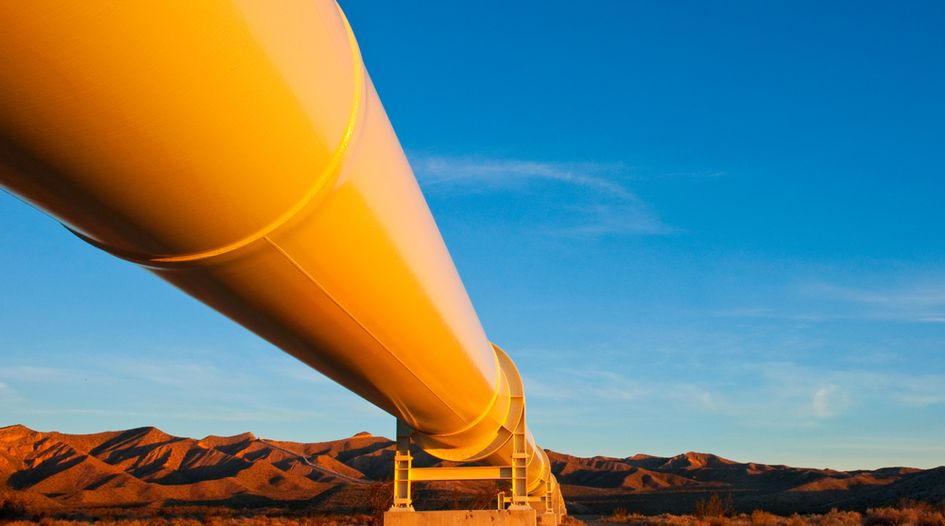
Europe Didn’t Freeze

In the throes of the Russian invasion of Ukraine last summer, many looked to the winter in anticipation of imminent blackouts, fuel shortages and energy rationing. News headlines ranged from the relatively mild “Europe’s Energy Crisis May Get a Lot Worse”, to the apocalyptic “Europe’s Worst Energy Nightmare Is Becoming Reality.”
Doomsday merchants predicted that energy shortages, resulting from sanctions imposed on Russia, would leave most of the continent to freeze through what was expected to be a particularly difficult winter.
By now, it’s clear that these warnings were extreme. By mid-January, the price of natural gas in Europe had fallen to its lowest point in 17 months. This was met with a corresponding decline in the price of electricity, which in the UK fell from £364 per MWh in August to £133 in November. As a result of Europe’s successful efforts to stockpile gas, stored gas reserves on the continent were still at 83% full at the end of January, well above their typical level (about 60%) for that time of year.
European industry also performed relatively well. Despite some difficulties caused by higher energy costs, fears of widespread plant closures never materialised. In fact, European stocks broadly outperformed US stocks between the winters of 2022 and 2023. Even European travel and leisure stocks, which are highly sensitive to the energy market, and which fell roughly 30% between January 2022 and the summer, had largely recovered by the start of 2023.
Last year’s doomsday predictions may appear sensationalist now, but at the time, the outlook for most of the EU was bleak. How did the commentators get it so wrong?
For one, European companies surprised most observers with their effective response to the crisis, by optimising their operations to reduce energy consumption. This response led to a 21% decrease in commercial gas consumption in Germany and a 13% decrease in France.
Another key factor was the quick and cooperative response of European nations to replace the energy supply that they had lost from Russia. Only two years ago, Europe received almost half of its total gas imports from Russia. By the end of last year, this figure had fallen to 13%. The most significant source of this new energy came from the US, which exported roughly 39 million tonnes of gas to Europe, a 160% increase on the previous year. This was supplemented with new supplies of gas from Norway, and coal imports from Australia and Colombia.
Luck—in the form of unusually mild winter weather—also played a role. In Germany, temperatures between September and January were 1.6 degrees above average. This caused households to burn less fuel themselves, leaving more fuel available for other purposes.
Last year’s fears of a European energy crisis also produced some longer-term silver linings, by pushing Europe to diversify its energy supply chain, in part by investing in renewables. In 2022 wind and solar generated 22% of France’s electricity, its highest share on record. This is a trend that we expect to see replicated across Europe in the coming years, with a renewables-led energy strategy high on the list of priorities for European governments.
Despite a chorus of voices intent on convincing us that Europe would face a catastrophic energy crisis last winter, Europe weathered this crisis far better than expected.
This article first appeared on LinkedIn. To keep updated with our latest announcements follow us on LinkedIn.
